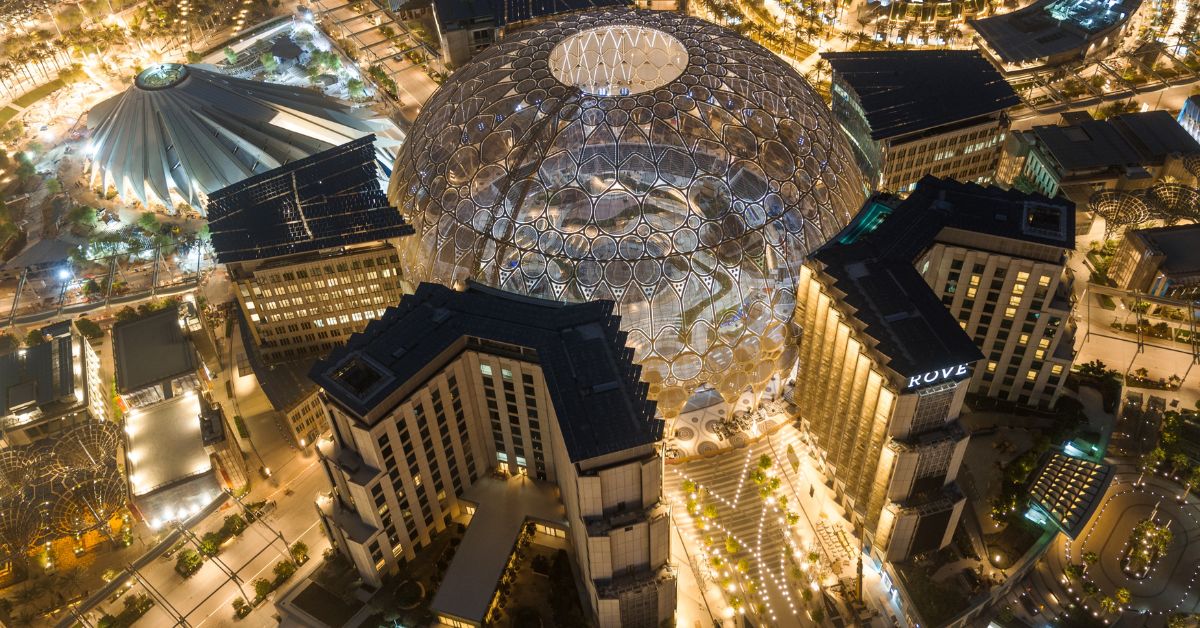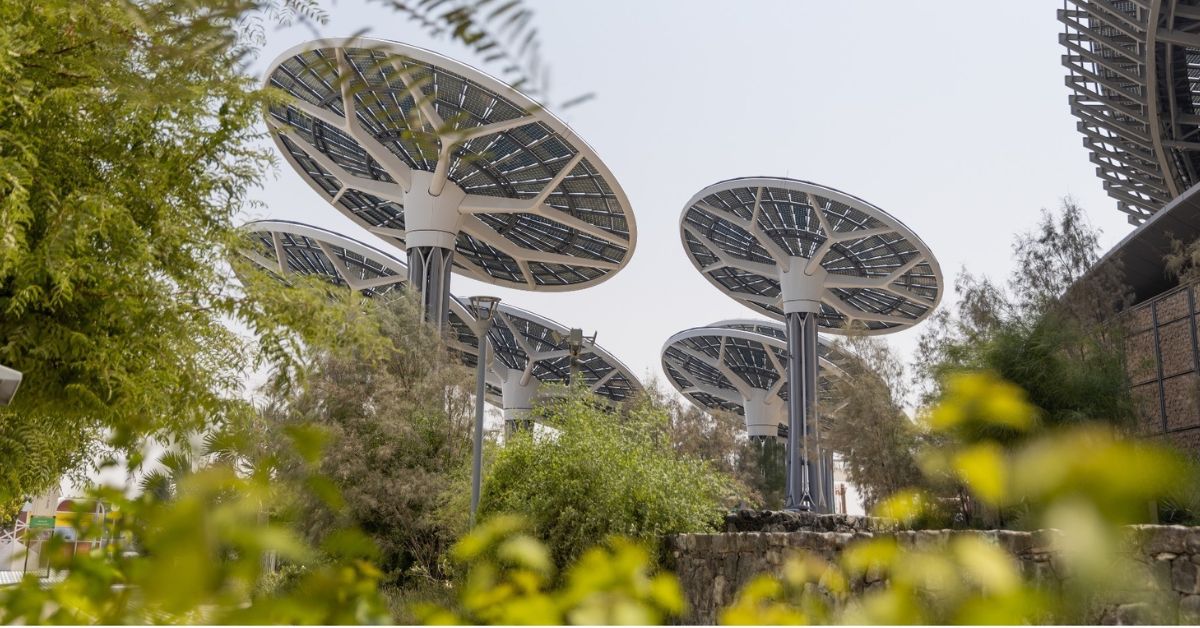ABU DHABI — The UAE, renowned for its stunning skyscrapers, luxury resorts, and modern infrastructure, has led architectural innovation and development over recent decades. Amid this swift urbanization, there’s an increasing focus on sustainability, heritage preservation, and responsible resource use. A prime example is the rise of adaptive reuse projects throughout the UAE.
Sean McCauley, CEO of Devmark, notes that adaptive reuse has been gaining momentum globally for several years. “As the world shifts towards eco-conscious practices, the significance of adaptive reuse becomes ever clearer,” he said. With governments pushing for green living among businesses and residents, developers need to think outside the box in design and construction.
Adaptive reuse can mitigate environmental impacts and promote sustainability by reducing the energy used in producing and transporting construction materials. “By reimagining and repurposing existing structures instead of building from scratch, we significantly cut the carbon footprint. This aligns with the building sector’s push for green practices and dovetails with the UAE’s broader environmental goals,” McCauley added.
Expo City Dubai stands out as one of the UAE’s most successful adaptive reuse projects and ranks among the world’s largest. McCauley revealed that Devmark is on board to offer sales and marketing services for their residential ventures. “Our involvement with Expo City Dubai was a logical choice. We provide comprehensive solutions, from project positioning to crafting and executing sales and marketing strategies across our extensive broker network,” he explained.

Additionally, the recently launched Mangrove Residences and the subsequent introduction of Shamsa Townhouses at Expo Valley have been well-received. Buyers appreciate the community lifestyle, excellent infrastructure, accessibility, the principles of a 15-minute city, and the Master Developer’s sustainability focus.
The Benefits and Challenges
In the UAE’s dynamic architectural scene, repurposing buildings for sustainability is more than just an eco-friendly gesture; it aligns with the nation’s progressive ethos. Amid the UAE’s urban expansion, there’s a wealth of structures ripe for revitalization, which can significantly offset the environmental impact of new builds and their energy-intensive processes. “In this age of swift modernization, retrofitting these buildings not only conserves resources but also celebrates our unique architectural heritage,” McCauley said.
Moreover, in a region defined by its harsh desert climate, making these structures more energy-efficient can lead to significant energy savings. “This strategy aligns perfectly with the UAE’s Vision 2030, emphasizing sustainable development, a diversified economy, and advanced innovation. What better way to achieve this than by rejuvenating the very structures that shape our cities?” McCauley remarked.
However, repurposing buildings isn’t without challenges. McCauley highlighted that older buildings’ structural limitations can pose significant hurdles. Retrofitting them to meet modern green standards can be both technically and financially challenging. Integrating advanced systems, like renewable energy or cutting-edge ventilation, into existing infrastructure can be tricky. Plus, navigating regulatory and permitting processes can be time-consuming.
“In the UAE, where architectural growth has been rapid, these challenges are even more pronounced,” he observed. “Given the UAE’s climate, optimizing energy efficiency in older buildings demands innovative solutions. Yet, the country has been proactive. Collaborations with international green building councils, revisiting building codes, offering incentives, and streamlining retrofitting processes have all been steps in the right direction. Public-private partnerships have also played a crucial role.”
“While challenges abound, the UAE’s vision and dedication to sustainable development turn these hurdles into opportunities for growth, innovation, and environmental care,” he added.
McCauley is confident that repurposing older spaces is more efficient and sustainable than new developments. These projects rejuvenate old structures, allowing developers to craft unique, standout properties in a competitive market. The regional demand for sustainable projects is on the rise, and high-quality adaptive reuse projects, especially in distinctive locations, are particularly appealing. This trend looks set to continue, potentially offering developers a lucrative avenue, especially if the existing structure is apt for reuse.
“We’re excited to see more developers prioritize repurposing resources and transforming existing structures into lively new spaces that benefit both the environment and the community. With Expo City Dubai leading the way, we’re eager to see where this trend heads in the coming years,” he concluded.








